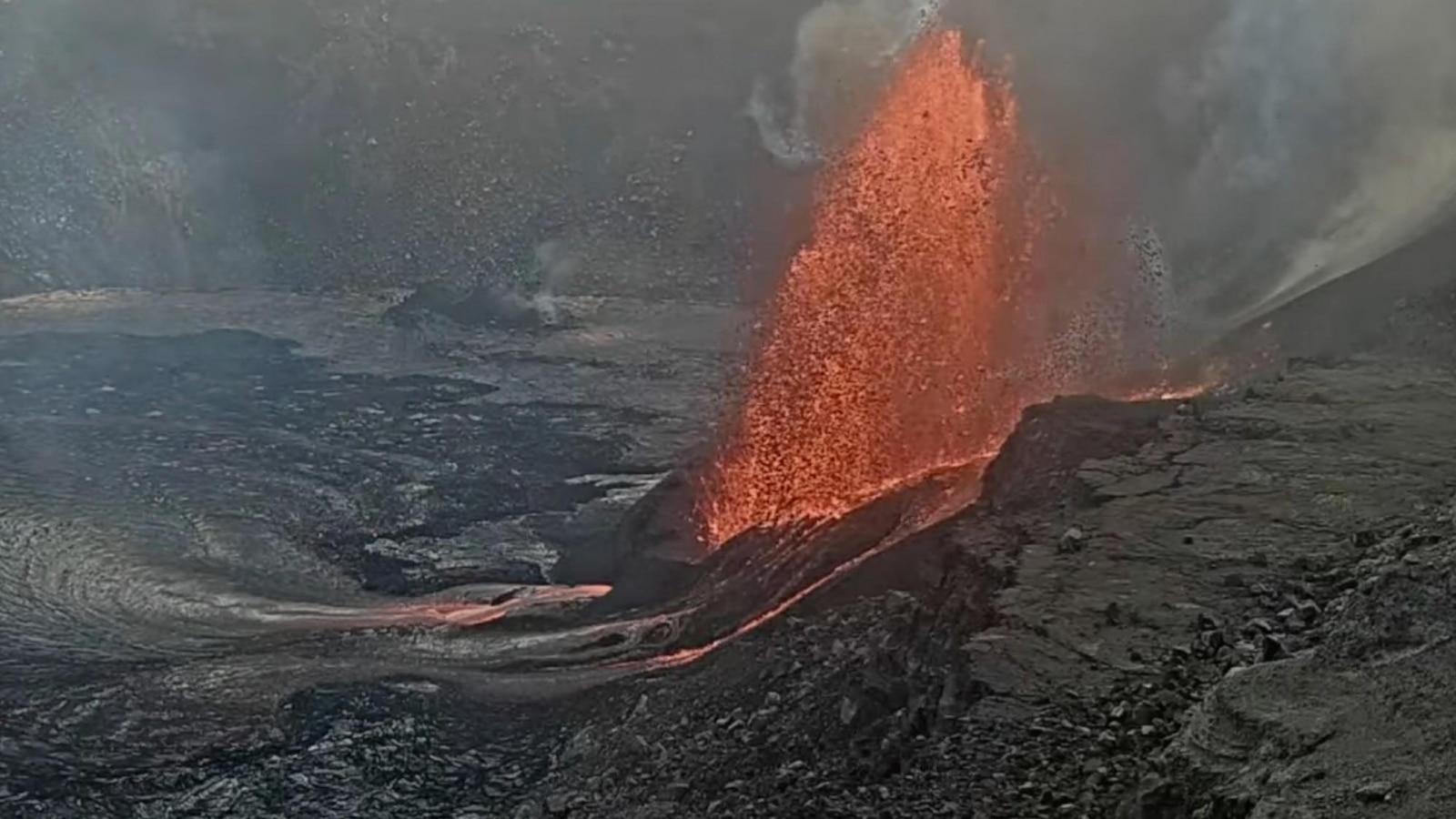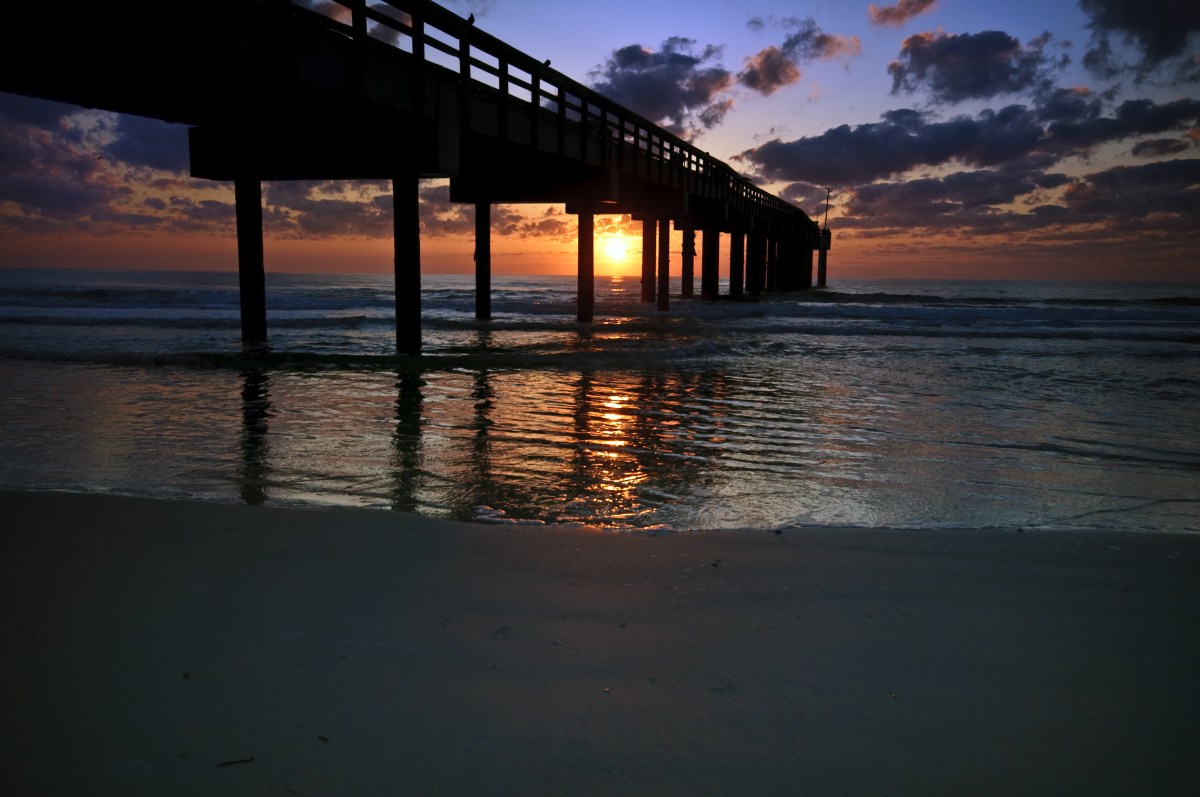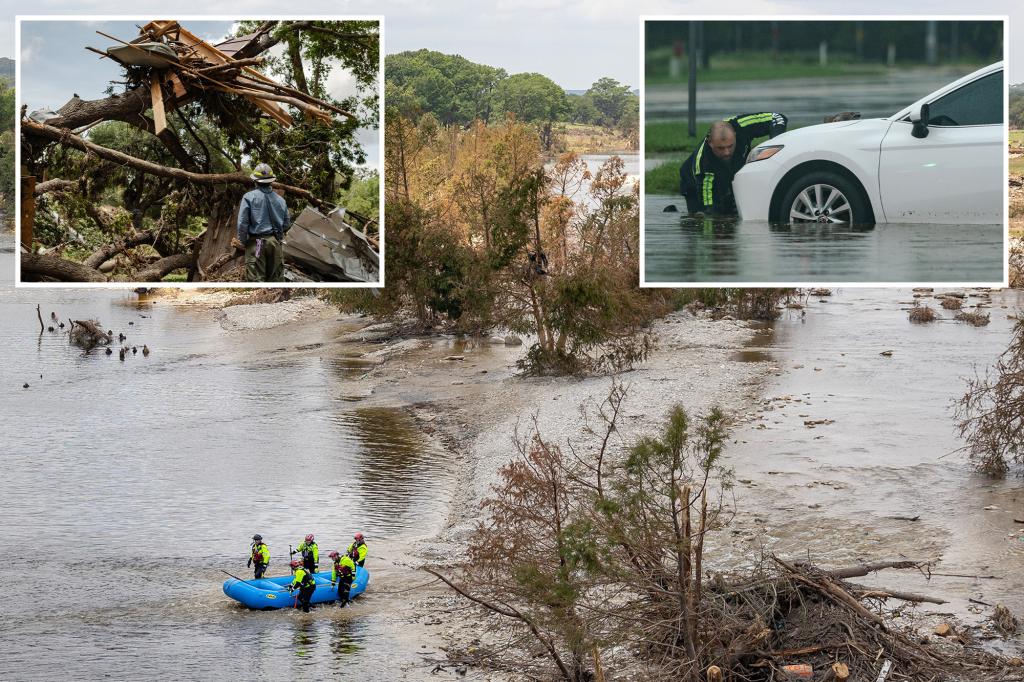Kilauea Volcano Erupts Again: A Geological Perspective
The Kilauea volcano, one of the most active volcanoes in the world, has once again erupted, drawing both scientific interest and tourist attention. This eruption is not just a natural spectacle; it carries significant implications for Hawaii’s geology and its economy, particularly the tourism sector. Understanding the dynamics of Kilauea’s eruptions is crucial for appreciating the island’s unique geological features and the potential impacts on its tourism industry.
Understanding Kilauea’s Eruptive History
Kilauea has a long and storied history of eruptions, with its most recent active phase beginning in 1983. This volcano is characterized by its shield-like shape, formed by the flow of low-viscosity lava that spreads over large areas. The current eruption is part of Kilauea’s ongoing activity, which has included numerous eruptions, lava flows, and the creation of new landforms.
- 1983-2018: The continuous eruption during this period significantly altered the landscape of Hawaii’s Big Island.
- 2018 Eruption: A dramatic increase in activity led to the creation of new craters and the destruction of many homes.
- Current Eruption: Recent lava flows have rekindled public interest and scientific inquiry.
This latest eruption is a reminder of Kilauea’s dynamic nature and a testament to the geological forces that have shaped Hawaii over millions of years. Scientists are closely monitoring this activity, as it provides valuable insights into volcanic processes and the evolution of the Hawaiian Islands.
The Geological Implications of Kilauea’s Eruptions
The recent eruption of Kilauea volcano presents several geological implications, particularly concerning the island’s landscape and ecosystem. Understanding these changes is essential for both scientists and residents.
Landform Changes
As lava flows from Kilauea, it creates new landforms and alters existing ones. The eruption can lead to:
- New Lava Flows: Each eruption contributes to the growth of the island, adding land through the solidification of lava.
- Crater Expansion: Eruptions often enlarge existing craters, which can become significant geological features.
- Soil Composition Changes: The introduction of new lava alters the soil composition, affecting local flora and fauna.
Such changes can have lasting effects on the island’s ecology, influencing everything from plant growth to animal habitats. The rich biodiversity of Hawaii is closely tied to the volcanic activity, as many species have adapted to thrive in these unique environments.
Volcanic Activity and Earthquakes
Volcanic eruptions are often accompanied by seismic activity. As Kilauea erupts, it can trigger earthquakes, which are a natural consequence of shifting tectonic plates and volcanic pressures. The recent eruption has already been linked to:
- Increased Seismic Activity: Earthquakes are common during eruptions, resulting from the movement of magma beneath the surface.
- Potential Hazards: Earthquakes can lead to ground deformation, landslides, and even tsunamis in extreme cases.
Monitoring these seismic events is crucial for public safety and understanding the geological processes at play. The US Geological Survey (USGS) plays a vital role in this monitoring, providing real-time data and warnings to residents and visitors.
Kilauea and Its Impact on Tourism
The Kilauea volcano is not just a geological marvel; it is also a significant draw for tourists. The latest eruption has sparked renewed interest in Hawaii as a travel destination, but it also raises questions about safety and accessibility.
Tourist Attractions
Hawaii’s natural beauty, combined with the allure of volcanic activity, makes it a unique destination. Key attractions related to Kilauea include:
- Hawaii Volcanoes National Park: This park offers visitors the chance to see the volcano up close, explore lava tubes, and witness the effects of eruptions.
- Guided Tours: Many tour companies offer guided experiences that educate tourists about volcanic activity and safety.
- Viewing Opportunities: Safe viewing areas are established for tourists to observe eruptions without endangering themselves.
While the eruption enhances the island’s allure, it also necessitates careful management to ensure visitor safety. Authorities must balance the desire for tourism with the need to protect both the natural environment and the tourists themselves.
Challenges and Opportunities
The recent activity of Kilauea volcano presents both challenges and opportunities for Hawaii’s tourism industry:
- Safety Concerns: Increased volcanic activity can deter some tourists due to safety fears. It’s essential for local businesses to communicate effectively about safety precautions and eruption monitoring.
- Boost to Ecotourism: The eruption can spark interest in ecotourism, with visitors eager to learn about volcanic ecosystems and conservation efforts.
- Economic Impact: The influx of tourists can benefit local economies, supporting businesses and creating jobs.
By promoting responsible tourism practices, Hawaii can capitalize on the unique opportunities presented by Kilauea’s eruptions while ensuring the safety and well-being of both residents and visitors.
Conclusion
Kilauea volcano’s recent eruption is a powerful reminder of the Earth’s dynamic processes and the beauty of nature. This activity not only enriches Hawaii’s geological narrative but also poses challenges and opportunities for its tourism sector. As scientists continue to study the implications of volcanic eruptions, the world watches in awe, captivated by the raw power of Kilauea. With effective management and education, Hawaii can continue to thrive as a premier travel destination while respecting the forces of nature that shape its landscape.
See more Your Daily Weather



